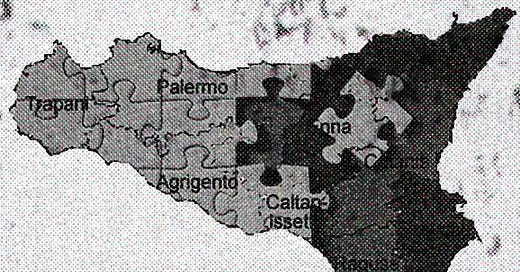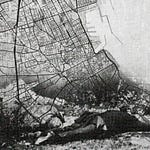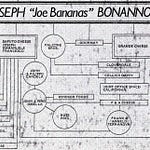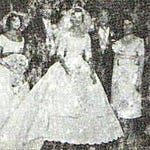A constant theme in my research is compaesani, which translates to “fellow villagers” and for our purposes indicates men who came from the same Sicilian hometown, though sometimes compaesani identity can be more regional in nature. Members themselves have used the shorter term paesani for this designation of identity, frequently with the last vowel dropped, though common use among Italian-Americans today tends to refer to anyone with Italian heritage. It’s important to make a distinction not only between Italians and Sicilians in a mafia context, but also between each Sicilian province, comune, or even neighborhood in the case of Palermo citta.
Nicola Gentile refers almost obsessively to the Sicilian hometowns of his friends, enemies, and other associates in Cosa Nostra and this is not a coincidence. Even later members with Sicilian origins are aware of some of these connections despite them having little impact on their daily lives in today’s American mafia. Americanization did fundamentally change relationships within the mafia, though this was a gradual process and appears to have occurred in phases, with initial US Families appearing to be formed around compaesani ties, expanding to include multiple compaesani groups within one Family, and eventually making way for Calabrians and Neapolitans, ultimately taking on a more “Italian-American” identity. Not all groups were as quick to abandon these roots, however, and there is evidence these elements have continued to exist to varying degrees within the Gambino, Bonanno, and DeCavalcante Families into modernity.
Some of the language used by American Cosa Nostra groups may draw from these hometown dynamics, including the term borgata. This emphasis on hometown-based relationships influenced formal affiliation, created Cosa Nostra’s sub-networks, and informed general association between American members even in different cities and abroad with their native Sicily. Mafiosi of course had close relationships with members from other compaesani groups and there are exceptions to these formative patterns, as the mafia thrives on making new connections points and expanding them under the cover of their umbrella organization, but dissecting the history of Cosa Nostra organizations and their interactions often reveals its atomic element: compaesani. The different cells of the Cosa Nostra organism in many cases were defined by this identity.
This episode discusses various aspects of this tendency while exploring the general influence of the phenomenon, how it connects the history of American and Sicilian branches of Cosa Nostra to one another and impacts mafia politics. It is a key piece of the puzzle when attempting to understand the organization from the outside. This piece interlocks with many of the mafia’s other shapes, providing a glimpse of the puzzle’s central image.














Share this post